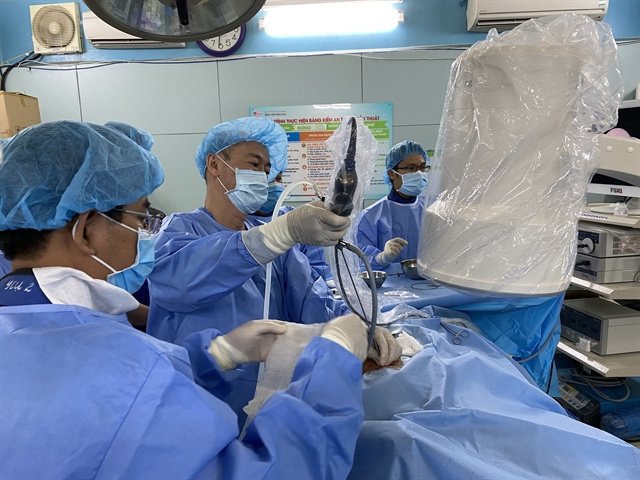Infusion therapy, also known as intravenous (IV) therapy, is a medical treatment that involves administering fluids, medications, or nutrients directly into a patient’s bloodstream through a vein. This method allows for rapid delivery and precise dosage control, making it an essential part of various medical treatments and procedures. To facilitate infusion therapy, healthcare providers rely on specialized equipment and supplies designed to safely and efficiently administer intravenous medications and fluids. Let’s explore the key components of infusion therapy supplies:

- Intravenous Catheters: Intravenous catheters, commonly known as IV catheters or IV lines, are thin, flexible tubes inserted into a patient’s vein to facilitate the delivery of fluids and medications. These catheters come in various sizes and configurations to accommodate different patient needs and treatment requirements. Typically made of materials such as plastic or silicone, IV catheters feature a sharp needle or blunt tip for insertion into the vein, which is then removed, leaving the catheter in place for the duration of the treatment.
- Infusion Pumps: Infusion pumps are medical devices used to deliver fluids, medications, or nutrients at a controlled rate into a patient’s bloodstream. These devices help ensure accurate dosage administration and precise infusion rates, minimizing the risk of medication errors and complications. Infusion pumps come in different types, including syringe pumps and volumetric pumps, each offering unique features and capabilities. Syringe pumps are commonly used for delivering small volumes of medication or fluids, while volumetric pumps are suitable for larger volumes and continuous infusions.
- IV Tubing and Connectors: IV tubing is a crucial component of infusion therapy supplies, serving as the conduit through which fluids and medications flow from the infusion bag or syringe to the patient’s vein. IV tubing is typically made of transparent, flexible material that allows for easy visualization of fluid flow and any potential air bubbles. Additionally, IV tubing is equipped with connectors and injection ports that facilitate the attachment of syringes, infusion pumps, and other devices. These connectors ensure a secure and airtight connection between the various components of the infusion system, preventing leaks and contamination.
- Infusion Sets and Administration Sets: Infusion sets, also known as IV administration sets, are complete kits that include all the components necessary for administering intravenous fluids and medications. These sets typically consist of IV tubing, connectors, injection ports, and a spike or adapter for connecting to the infusion bag or bottle. Infusion sets may also include additional features such as filters, flow regulators, and clamps for controlling the rate of fluid flow and preventing backflow. Healthcare providers select infusion sets based on factors such as patient age, treatment type, and infusion duration.
- IV Solutions and Medications: IV solutions, also known as intravenous fluids, are sterile solutions containing water, electrolytes, and other additives designed to maintain hydration, restore electrolyte balance, or deliver medications directly into the bloodstream. These solutions come in various formulations, including saline (sodium chloride), dextrose (glucose), and balanced electrolyte solutions. Additionally, infusion therapy supplies include a wide range of medications and therapeutic agents administered intravenously to treat various medical conditions, such as antibiotics, chemotherapy drugs, pain relievers, and immunoglobulins.
In conclusion, infusion therapy supplies are essential tools used by healthcare providers to deliver fluids, medications, and nutrients directly into a patient’s bloodstream via intravenous access. These supplies encompass a variety of equipment and components, including IV catheters, infusion pumps, IV tubing, infusion sets, IV solutions, and medications according to this post from Mirror Review. By ensuring the safe and efficient delivery of intravenous treatments, infusion therapy supplies play a critical role in the management of acute and chronic medical conditions, surgical procedures, and emergency interventions, contributing to improved patient outcomes and overall healthcare quality.









